Sedykh Konstantin Fyodorovich
Sedykh Konstantin Fyodorovich (pseudonyms Ded Sofron, Bol, Mitka Veselychak, and others) [8(21).1.1908, village Poperechny Zerenutuy, Zabaykalskaya region (now Chita region) — 21.11.1979, Irkutsk] — prose writer, poet.
He was born into a family of a migrant from Ural peasants who resettled to the Nerchinsk mining area. His maternal ancestors were from the Yaitskoe Cossacks, exiled to Transbaikalia for participation in the Pugachev uprising.
After finishing the local school, Sedykh studied at the Nerchinsk industrial technical school (1922-24). From this time, he started publishing as a rural correspondent in the newspaper "Zabaykalsky Rabochiy" and "Zabaykalsky Krestyanin".
From 1925 to 1928, Sedykh studied at the Chita Pedagogical School, but did not graduate. He worked for the Komsomol newspapers in Siberia, and during the conflict on the Chinese Eastern Railway, he was a correspondent for the Komsomol newspaper "Nabat Molodyozhi" in the Zabaykalsk group of the Special Far Eastern Army.
Since 1931, Sedykh became a permanent correspondent for the newspaper "Vostochnosibirskaya Pravda".
In the 1920-30s, in Siberian periodicals, Sedykh published essays, stories, feuilletons, verse plays, humorous sketches, and satires on current issues. He is the author of the poems "May Russia" (1926), "Poem about the Brigadier" (1932), "To the Solvers of Usolye" (1932), "The Childhood of Sukhe-Bator", "On the Homeland" (1937), and others.
As a poet, Sedykh made his debut with the poem "We are Walking" in the Chita newspaper "Yunaya Rat" (1924, June 28). He developed in the line of 1920s romantic poetry (N. Tikhonov, E. Bagritsky, I. Utkin, and others). In his poetic biography, Sedykh had two periods: the early (1924-36) and the mature (1936-48).
From 1933 to 1950, Sedykh published 8 collections: "Zabaykalskoye: Poems" (1933), "Heart: Selected Poems" (1934), "Poems" (1935-36), "Native Steppe" (1937), "The Holiday of the Spring Sowing" (1940), "First Love" (1948), "Above the Steppe the Sun" (1948), "Sunny Land" (1949-50). The thematic range of his poetry is quite wide: the past of his native land, Siberian hard labor and exile, the Civil War, collectivization in the village, socialist construction, and the Great Patriotic War. In his evolution, Sedykh, a lyric poet who perceived the world in romantic haze, moved toward a perception of the mundane truth of reality. In his poems, the center of gravity shifted from the lyrical monologue, the ecstatic epic declaration, to the narrative, revealing the social and psychological essence of people and events. The poet sought not to depart from his poetic declaration, formulated in the poem "Dream": "Words of high heat are needed, / Of incredibly difficult simplicity, / So that, as in stone, the song carves / Majestic features of the era." The combination of the sublime, the heroic, and the ordinary, everyday was found by Sedykh in the novel "Dauria" (initially titled "Horse Whirlwinds") — his major work dedicated to the fate of the Transbaikalian Cossacks. The novel was conceived in 1934 as a trilogy about the revolutionary movement in Siberia. The first chapters of "Dauria," published in the almanac "New Siberia" (1940), received mixed reviews from critics. A. Drozdov compared "Dauria" to a stagnant pond, "whose water does not flow, does not move" (Literary Newspaper, 1940, February 26). When discussing the novel at a conference of regional writers in Moscow, attention was drawn to "remarkable descriptions of nature, knowledge of everyday life, subtle observation, and a sense of historical perspective." At the same time, speakers noted some inaccuracy and inconsistency in the development of the characters' personalities (Literary Newspaper, 1940, April 26).
At the end of 1940 and the beginning of 1941, the second part of the novel was published in the journal "Siberian Lights," but the war prevented its completion. Sedykh was drafted into the army and served as a front-line correspondent.
In 1942, the first three parts of "Dauria" were published in Irkutsk as a separate book. Separate chapters from the second book of the novel were first published in "Siberian Lights" in 1946 and 1947, and in the almanac "New Siberia" in 1946, receiving negative reviews. B. Solovyov wrote: "If the first book vividly showed the division of Transbaikalian Cossacks, their internal struggle, the closer it gets to the end, the more the plot line of the novel is lost, displaced by the chronicle, a chaotic accumulation of unprocessed material." The critic also saw a distortion of the real picture of the Civil War in the novel, considering that "the main 'hero' became Kargin with his 'fluctuations' and internal 'contradictions,' 'the social-political nature of which the author did not understand deeply.'" "Dauria" was declared by B. Solovyov to be "ideologically unsound, poorly thought out, and published untimely" (Culture and Life, 1947, August 10). The publishers (Irkutsk and "Soviet Writer") returned the manuscript to the author. The further fate of the novel was decided by the review of D. Shilov, the former commander of the Eastern Transbaikalian Front. Defending Sedykh, he called the publication of the novel a major literary event and called for a reprint of the novel in a large edition. "Dauria" was fully published in 1948 and went through more than 20 reprints.
In 1950, for the novel "Dauria," Sedykh was awarded the Stalin Prize of the 2nd degree.
The main theme of "Dauria" is the Civil War in Transbaikalia. The heroes of the novel are the inhabitants of the Priargun village Mungalovsky, whose ancestors came from the Yaitskoe Cossacks, participants in the Pugachev rebellion, exiled to hard labor in Nerchinsk. With the conquest of Amur, a Transbaikalian Cossack army was formed from the descendants of these disgraced Cossacks. The events depicted in "Dauria" unfold from 1854, when the Transbaikalians defeated the English landing at De-Kastri Bay, until 1922, when the Civil War in the Far East ended. In the multifaceted narrative, several plot-compositional nodes are present — the Russo-Japanese War and the 1905 Revolution, World War I and the 1917 Revolution, the Civil War. Delving into the history of Transbaikalian Cossacks, Sedykh, using the example of the fate of three generations of the Ulybin family, traces how the seemingly unshakable century-old foundations were shaken under the influence of revolutionary events. The novel features vivid descriptions of Daurian nature, colorfully recreates Cossack life, amusements (scenes of agricultural labor, weddings, hunting wolves and wild goats, horse racing, the siege of a snow town, life

 Deutsch
Deutsch
 Francais
Francais
 Nederlands
Nederlands
 Svenska
Svenska
 Norsk
Norsk
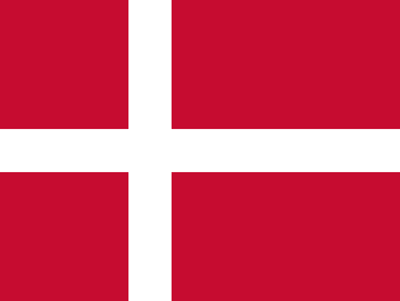 Dansk
Dansk
 Suomi
Suomi
 Espanol
Espanol
 Italiano
Italiano
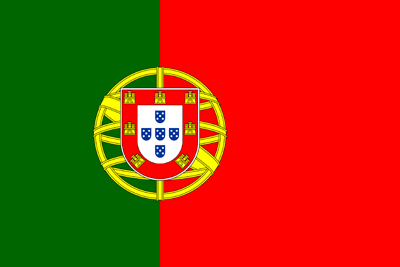 Portugues
Portugues
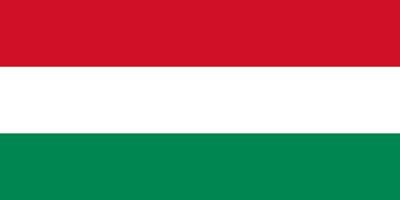 Magyar
Magyar
 Polski
Polski
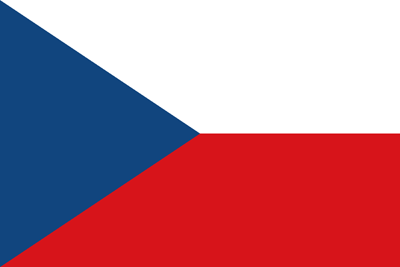 Cestina
Cestina
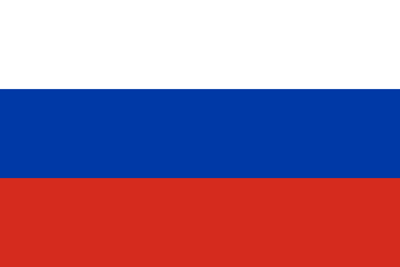 Русский
Русский